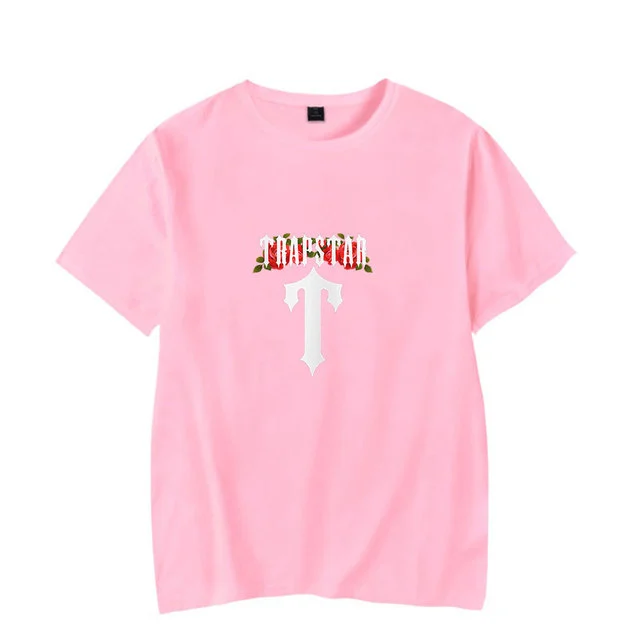Embroidery and screen printing are two of the most popular methods for customizing apparel and promotional items. Whether you’re a business looking to brand your merchandise or an individual wanting personalized clothing, understanding these techniques can help you make informed choices. In this guide, we’ll explore the differences between embroidery and screen printing, their benefits, applications, and answers to frequently asked questions.
What is Embroidery?
Understanding Embroidery
Embroidery is the art of decorating fabric using needle and thread. This technique involves stitching designs directly onto the material, resulting in a textured and durable finish. Embroidery can be done by hand or through computerized machines, which can produce intricate designs with precision.
Benefits of Embroidery
- Durability: Embroidered designs are resistant to wear and tear, making them suitable for uniforms and apparel that require frequent washing.
- Professional Appearance: Embroidery offers a polished look, making it ideal for businesses and organizations that want to convey professionalism.
- Versatility: It can be used on various fabric types, including cotton, polyester, and denim, allowing for diverse applications.
- Customizability: With a wide range of thread colors and styles available, embroidery can be tailored to suit individual preferences or brand identities.
Common Applications of Embroidery
- Corporate Uniforms: Many companies use embroidered logos on shirts, hats, and jackets to promote brand visibility.
- Promotional Products: Items like bags and caps often feature embroidered designs to enhance brand recognition.
- Personalized Gifts: Custom embroidered items, such as towels or blankets, make thoughtful gifts for weddings, anniversaries, and other occasions.
What is Screen Printing?
Understanding Screen Printing
Screen printing, also known as silk screening, is a method of transferring ink onto fabric using a mesh screen. A stencil (or screen) is created for each color in the design, and ink is pushed through the screen onto the material. This technique allows for vibrant colors and detailed graphics.
Benefits of Screen Printing
- Vibrant Colors: Screen printing produces bright, bold colors that can make designs stand out.
- Cost-Effective for Large Runs: While the setup costs may be higher, screen printing becomes economical when producing large quantities of items.
- Versatile Material Compatibility: This method can be used on various surfaces, including t-shirts, bags, and even posters.
- Durability: Properly cured inks ensure that screen-printed designs can withstand multiple washes without fading.
Common Applications of Screen Printing
- T-Shirts: Screen printing is the go-to method for creating custom t-shirts for events, businesses, or personal use.
- Promotional Items: Items like tote bags and drinkware often feature screen-printed designs for promotional campaigns.
- Sports Apparel: Many sports teams use screen printing for jerseys, allowing for vibrant numbers and logos.
Embroidery vs. Screen Printing: Key Differences
Quality and Appearance
- Embroidery: Provides a textured, high-quality finish that often conveys luxury and professionalism.
- Screen Printing: Offers bright colors and detailed graphics, making it suitable for complex designs.
Durability
- Embroidery: Generally more durable and resistant to fading, making it ideal for items that will be worn frequently.
- Screen Printing: While durable, screen-printed designs may fade over time if not cared for properly.
Cost
- Embroidery: Typically has a higher initial cost due to setup and labor but can be cost-effective for smaller runs.
- Screen Printing: More cost-effective for large orders due to economies of scale but may require higher upfront setup costs for each design.
Turnaround Time
- Embroidery: May take longer due to the stitching process, especially for intricate designs.
- Screen Printing: Often quicker for larger quantities, especially once the screens are set up.
Choosing Between Embroidery and Screen Printing
Consider Your Needs
When deciding between embroidery and screen printing, consider the following factors:
- Design Complexity: If your design is intricate with multiple colors, screen printing might be the best option. For simpler logos or designs, embroidery can be a great choice.
- Material Type: Certain fabrics work better with one method over the other. For example, embroidery works well on thicker fabrics, while screen printing is ideal for lighter materials.
- Quantity: For smaller runs, embroidery may be more economical, while screen printing becomes advantageous for larger quantities.
Hybrid Approach
In some cases, businesses and individuals may choose a hybrid approach, using both embroidery and screen printing to maximize the benefits of each method. For example, a company might use embroidery for their logo on polo shirts and screen printing for promotional t-shirts.
FAQ About Embroidery and Screen Printing
Q1: Can I use my own design for embroidery or screen printing?
A1: Yes! Most printing companies accept custom designs. Make sure to provide high-resolution files for the best results.
Q2: What is the minimum order quantity for screen printing or embroidery?
A2: Minimum order quantities vary by company. Some may accept orders as low as one item, while others may require a minimum of 12 or more.
Q3: How should I care for embroidered or screen-printed items?
A3: To maintain the quality, wash items inside out in cold water and avoid bleach. Air drying is preferred, but if you must use a dryer, do so on a low heat setting.
Q4: How long does the process take?
A4: Turnaround times depend on the complexity of the order and the method chosen. Screen printing can take a week or more for large orders, while embroidery may require additional time for intricate designs.
Q5: Is one method better for branding than the other?
A5: Both methods are effective for branding; it depends on your brand image and the type of merchandise. Embroidery often conveys a more professional image, while screen printing can offer more vibrant and detailed designs.
Conclusion
Both embroidery and screen printing offer unique advantages for customizing apparel and promotional items. Understanding the differences between the two methods can help you make informed decisions based on your specific needs. Whether you choose embroidery for its durability and professionalism or screen printing for its vibrant colors and cost-effectiveness, both techniques provide excellent options for personalizing your products. By carefully considering your design, material, and quantity needs, you can achieve the best results for your project.









